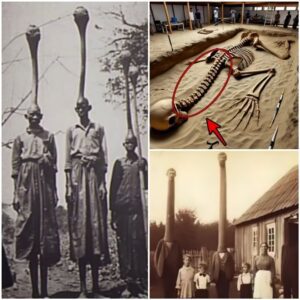Inside this remarkable and elaborate gilded casket was the least chest that contained the precious comic miniature figurines. At each corner of this shining treasure, there stood a magnificent statue of one of the four mighty guardian deities of protection. Their noble faces slightly turned to one side, arms outstretched to envelop and shield the mummified king, these deities are none other than Isis, Nepthys, Neith, and Selket.
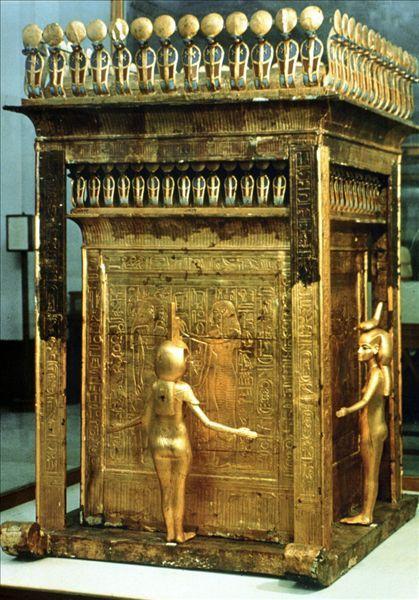
Comic Shrine of King Tutankhamun
The outer canopy of gilded wood, fixed to a sled, consists of four square corner posts supporting a protective corona carved by a frieze of uraei, or rearing cobras, with solar disks.
A protective corona is a concave molding with a quarter circle cross section that approaches a quarter circle. Scenes of the protective deities are incised in relief on the sides of the shrine.
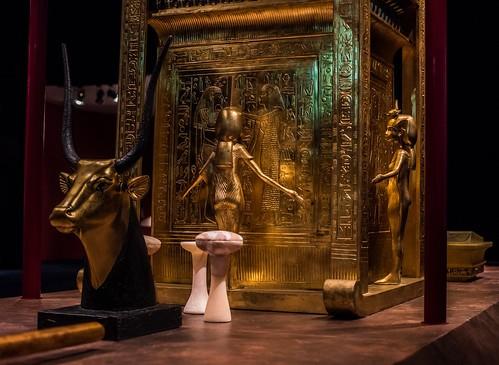
Spreading her arms in protection, a gilded wooden statue stands guard over the shrine from King Tutankhamun’s tomb. On her head is a scorpion, her identifier. Inside the shrine stands a calcite chest containing the jars that held the king’s viscera.
Magical practices in ancient Egypt were quite developed: they understood that diseases could be treated with drugs, recognized the healing potential in massages and aromas, had malpractice and female doctors who specialized in specific areas, and understood the importance of cleansing in the treatment of patients.
Read more: Comic Chest of Tutankhamun’s
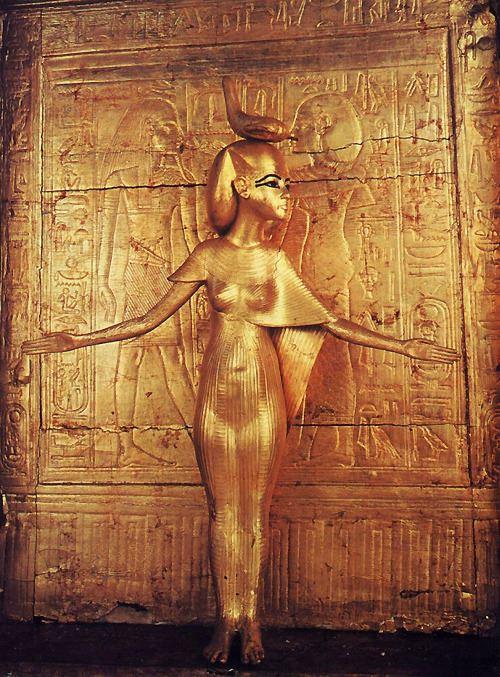
The chest of magical protection dedicated to the guardian goddess Selket of Tutankhamun.
Magic was also joined with magical practices: to make a treatment more effective, the doctor pronounced magic formulas, then represented himself with a deity.
Among the deities invoked, there is also the goddess Selket, often represented with a scorpion on her head, to heal the bites of poisonous creatures.
Interestingly, the goddess’s full name was “Selket hetetyt,” meaning “she who makes the throat breathe,” and it seems to refer to the fact that the scorpion can be fatally dangerous or beneficial.
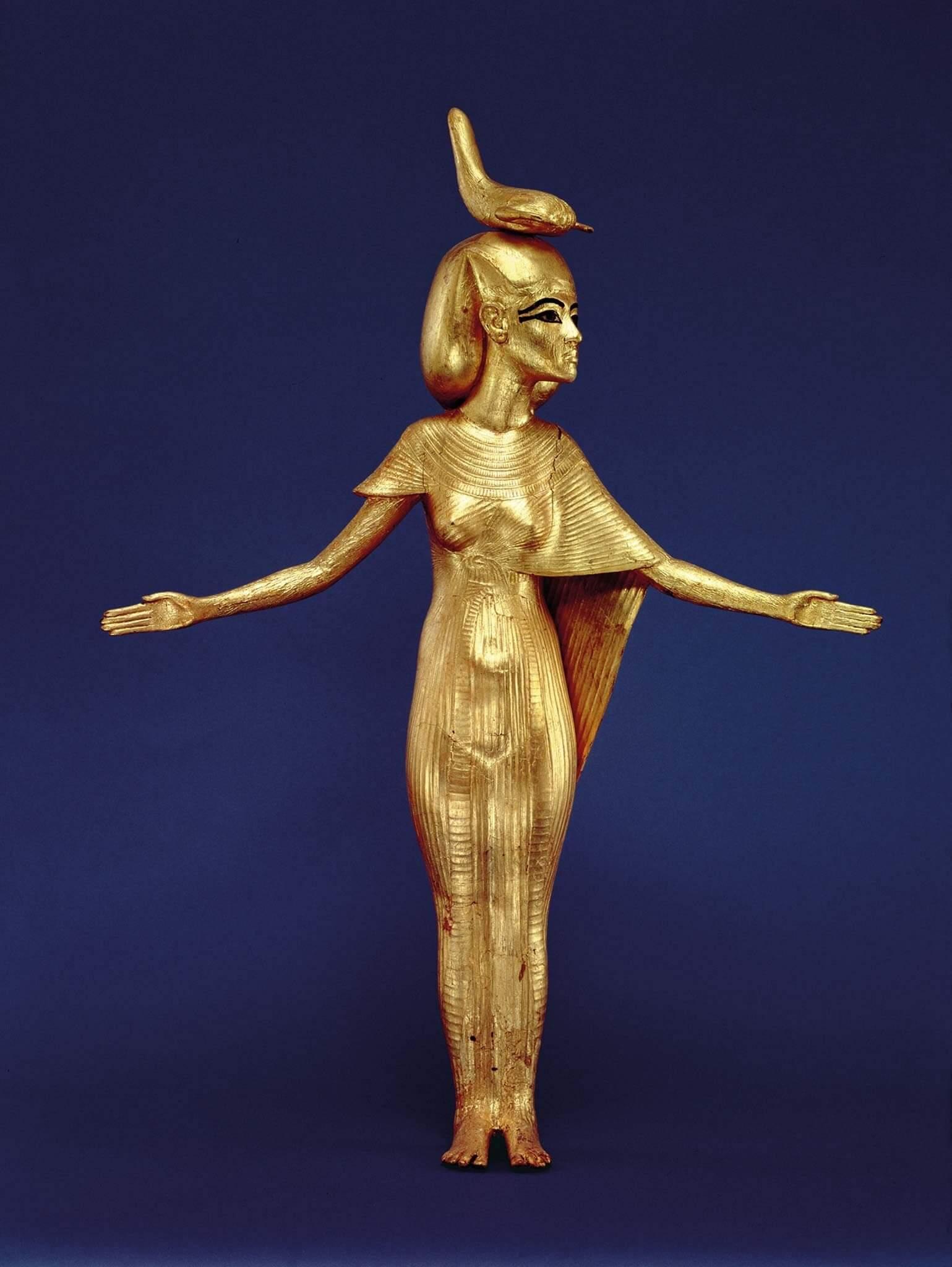
The detailed account of the gilded statue of the goddess Selket from the Canopic shrine of Tutankhamun.
Canopic chests are cases used by ancient Egyptians to contain the internal organs removed during the process of mummification. The Canopic jars usually contained the liver, intestines, lungs, and stomach.
There was no jar for the heart; the ancient Egyptians believed it to be the seat of the soul, and so it was left inside the body. The jars protected them so the deceased could breathe again after the resurrection. The Canopic jars usually featured the liver, intestines, lungs, and stomach.
The jars were not just for the heart: the ancient Egyptians believed it to be the seat of the soul, and so it was left inside the body. The jars protected them so the deceased could breathe again after the resurrection.
